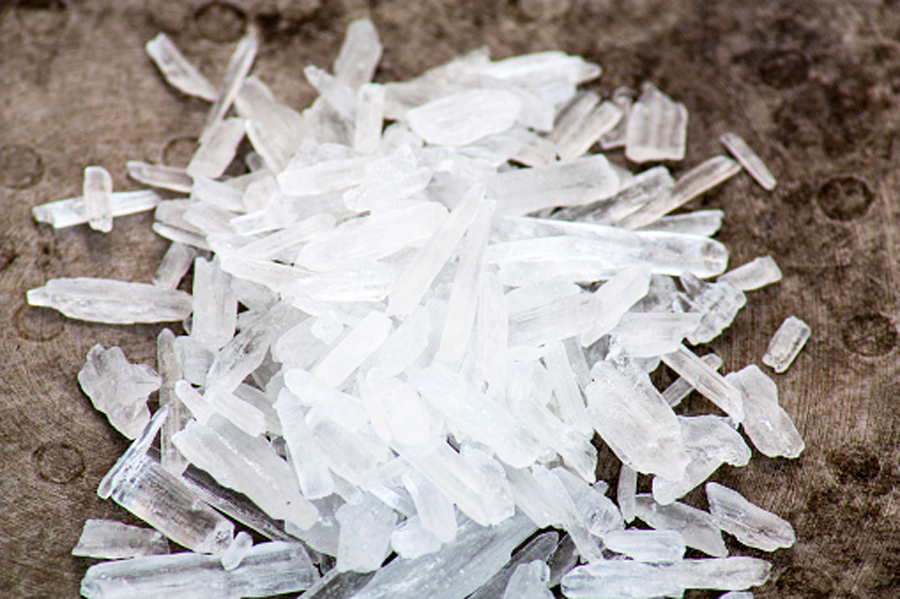
Taal Volcano spewed again thick steam-laden ash plumes on Friday morning, which means that there is a heating of volcanic materials underneath, the Philippine Volcanology and Seismology (Phivolcs) said.
Phivolcs Volcano Monitoring and Eruption Prediction Division chief Mariton Bornas said that the steam observed in the main crater of Taal was caused by hydrothermal activity wherein a rising magma underground was being heated by the groundwater, resulting in steam.
“Nung mga nakaraang araw, napansin natin na naibsan ang steam dahil maaaring nabarahan ang daanan nito o kaya naubusan ng sulfur dioxide ‘yung ibabaw ng magma kaya bumababa ang pag-usok,” Bornas recalled.
“Ngayon ay mas masigabo na ang steam dahil siguro wala na yung bara o kung ‘yung pagtigas ng ibabaw ng magma ay nabitak na at nakalabas na ulit ang sulfur dioxide at steam,” she explained.
The level of sulfur dioxide, a major gas component of magma or molten rocks, though still low, slightly increased on Friday after its continuous decrease for three days.
Bornas also explained that the darker color of the plume belched by Taal on Friday is normal, noting that it was just the mixing of old ash deposits from the volcano in the steam.
However, Bornas said that the thicker ash cloud observed in the main crater alone cannot indicate whether the volcano will erupt soon as there are still other parameters that should be monitored such as the continuous volcanic quakes and ground deformation.
Based on the latest bulletin of Phivolcs, the Philippine Seismic Network (PSN) plotted a total of 738 volcanic quakes since afternoon of January 12 during Taal’s phreatic or steam-driven eruption, 176 of these were registered at magnitudes 1.2 to 4.1 and were felt at Intensities I to V.
From Thursday morning to Friday morning, the PSN recorded at least seven volcanic tremors that registered at magnitudes 1.2 to 2.7 with no felt event, while the Taal Volcano Network, which can detect small quakes, recorded 486 tremblors including four low-frequency earthquakes.
While Taal’s future activity is unpredictable, the threat of a dangerous explosive eruption remains possible within hours or days as Alert Level 4 is still up. (Alexandria San Juan)


